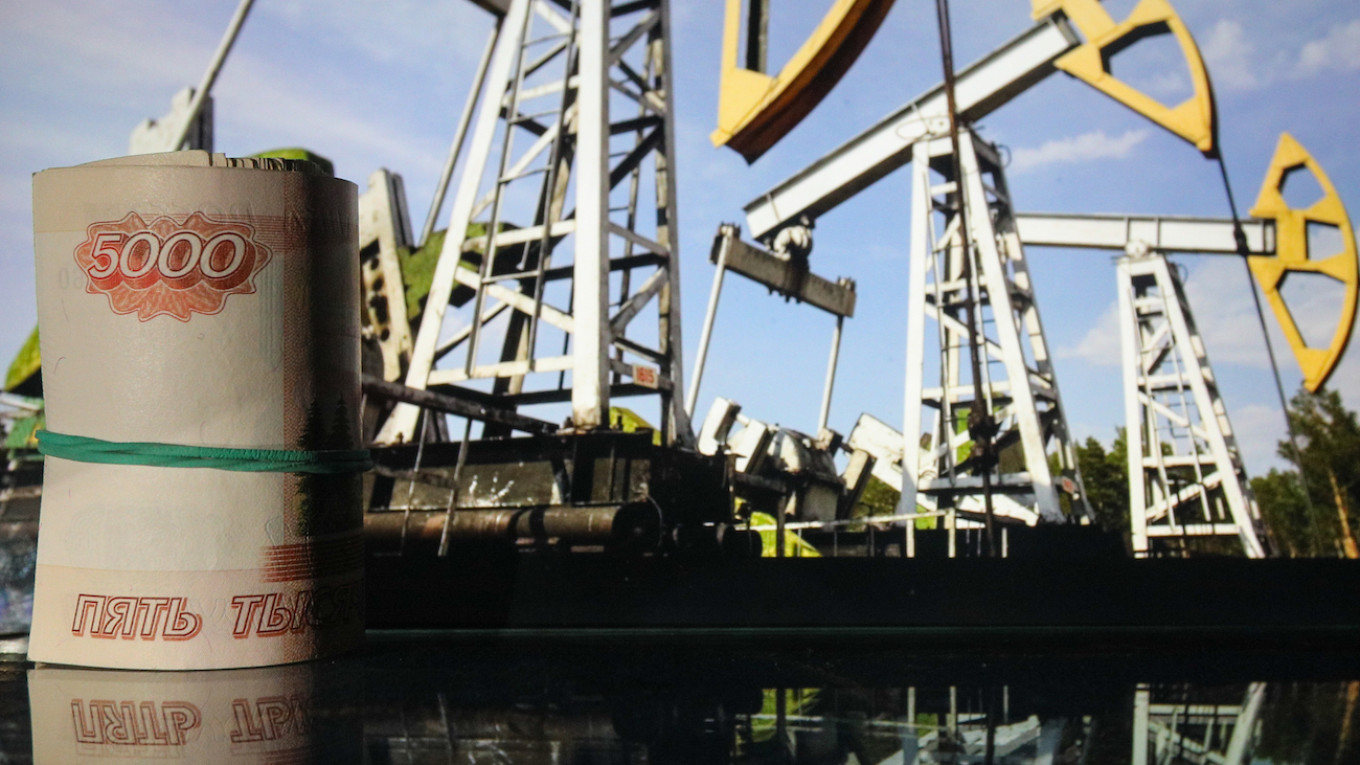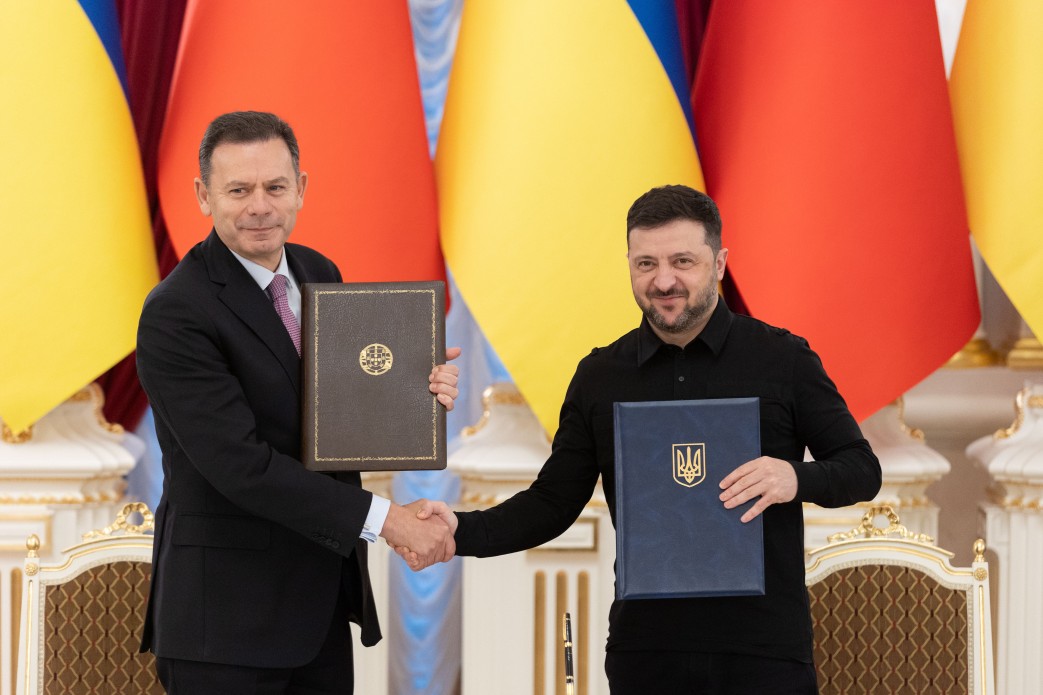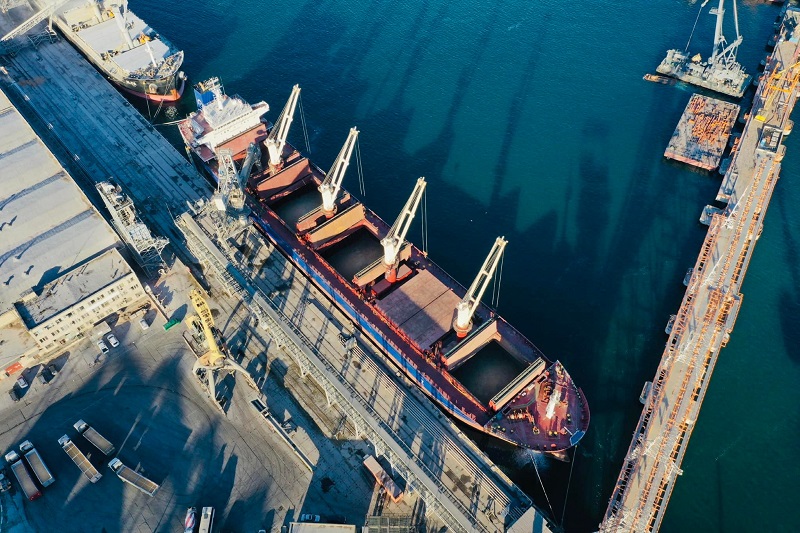Russia's federal budget has faced a decline in resource revenues and an increase in the deficit for the third consecutive month, the Ministry of Finance reported on Wednesday, reports The Moscow Times.
In April, the treasury received 1.08 trillion rubles in taxes from oil and gas — 12% less than the same month last year. Over the first four months of the year, revenues from oil and gas companies dropped by 10%, or 430 billion rubles, to 3.76 trillion rubles.
The total budget revenue, including non-resource taxes, increased by 5%, reaching 12.3 trillion rubles. However, expenditures, a third of which are allocated for the army and the war this year, surged by 20%, rising to 15.5 trillion rubles.
As a result, by the end of April, the budget deficit reached 3.23 trillion rubles, which is 183% higher than the same period last year (1.14 trillion rubles). Without real tax revenue backing, every fifth ruble spent by the government (20.8% of the budget) was not supported by income.
The decline in resource revenues is attributed to falling oil prices, according to the Ministry of Finance release: the average price of Urals oil in April dropped to $54, compared to $70 or more in January. The ministry warns of "risks" of further declines in oil and gas revenue due to weakening price trends. In early May, Urals prices at Russian ports fell to $47-48, according to Argus, and the Ministry of Economic Development predicts an average price of around $53 for the rest of the year.
The 2025 budget was initially drafted with the assumption that oil would cost $69.7 per barrel. In April, the Ministry of Economic Development lowered the forecast to $56, and the Ministry of Finance increased its estimate of the budget deficit threefold: instead of 1.2 trillion rubles, it is now expected to reach 3.8 trillion rubles. To cover the deficit, the National Welfare Fund will need to be used, and foreign currency will need to be sold for 800 billion rubles by the end of the year, the Ministry of Finance warned on Tuesday.
According to analysts at MMI, "the most apocalyptic forecasts" for oil prices seem to be coming true. In real terms (adjusted for inflation), Urals oil is at its cheapest since the pandemic, and with the unusually strong ruble, its ruble price in April fell to 4.4 thousand rubles per barrel.
"Even in the updated forecast, the ruble price of oil for this year is expected to be around 5.3 thousand rubles per barrel. That is, current oil prices at the current ruble exchange rate are 17% lower than the level the government is currently using for planning 2025 budget revenues," noted Alexander Potavin, senior analyst at Finam.
"There are a few ways out of this unpleasant situation," he says. "First, there’s devaluation of the ruble. Second, there’s a correction of the state budget."
The Ministry of Finance hopes to compensate for the oil and gas shortfall through non-resource taxes, with its forecast for them being raised by 829 billion rubles for the year. However, this plan is unlikely to be feasible, according to Ilya Sokolov, head of the Budget Policy Research Laboratory at the Institute of Public Administration and Civil Service at RANEPA.
The budget includes nearly a twofold increase in profit tax revenues (to 4 trillion rubles), but company profits are declining, and the share of unprofitable enterprises is growing — reaching 25.5% as of last year, according to Rosstat. The National Wealth Fund (NWF) has only 3.3 trillion rubles in liquid assets left, and if the decline in oil prices persists, this reserve could be exhausted within a year, Sokolov warns.





















